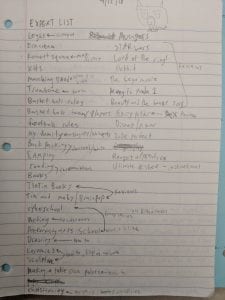Saying a Virtual Goodbye to our Classrooms and the Communities we Built Together.
The last few weeks of school are typically some of the best few weeks of school. This is when we get to enjoy all of our hard work and efforts together through writing celebrations, field trips, poetry slams, sharing our favorite reads, and reflecting on the year we spent together while looking ahead at our futures.
So as I sit here separated from my students by a computer screen, I’m not only mourning the loss of our in-person connections but I’m also pondering how to honor the community we built with an asynchronous goodbye.
First and foremost, I know I need to give my students choice with how they close out their school year. I realize this school shut down has presented a vast array of challenges for my students. While most deal daily with the boredom and loneliness of social isolation, others have become full time workers, some are trying to navigate online learning while sharing a computer with siblings and a home with 10 or more people, and a few are grieving lost or sick family members. With this in mind, I want to honor the school year we’ve had together while respecting the various hurdles they each have to jump in order to finish it. Accordingly, the following is how I plan to invite students, in their own ways and on their own time, to celebrate the community we’ve built before saying goodbye to it:
Virtual poetry slam: Since we’ve spent the few last weeks reading and writing poetry through our online learning platform, I want to take some time to communially celebrate the creative work we’ve done by inviting students to participate in any or all of several sharing options. Read more




 Navigating through a maze of students absorbed in their independent reading books, I pause before Ryan. Our second-day-of-school conversation echoes in my mind . . .
Navigating through a maze of students absorbed in their independent reading books, I pause before Ryan. Our second-day-of-school conversation echoes in my mind . . . 





